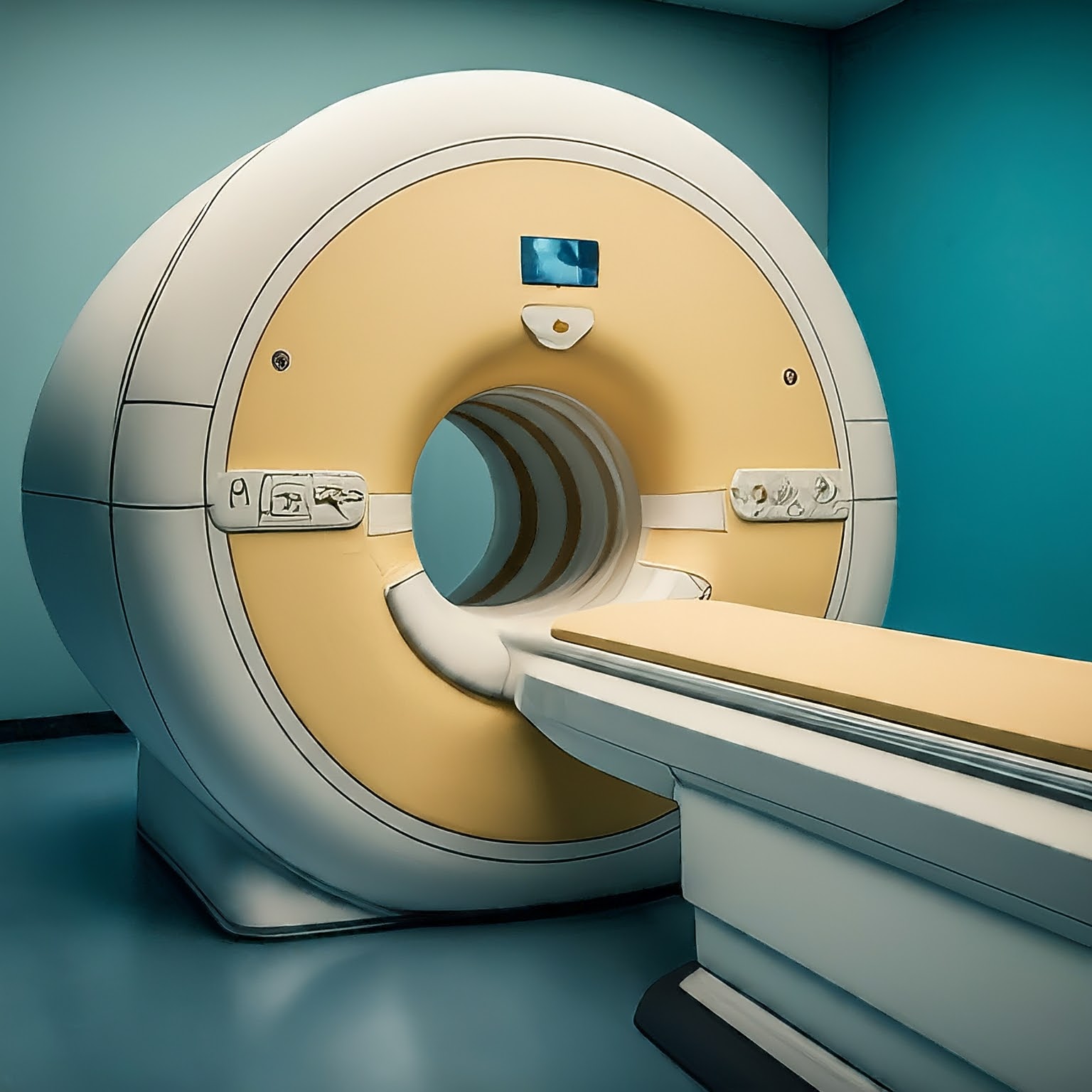Alberta, renowned for its stunning landscapes and vibrant cities, is now at a crossroads in healthcare technology, particularly with Magnetic Resonance Imaging (MRI). Could it be that more sophisticated alternatives lie just beyond our reach, while we struggle to keep pace with other provinces? The disparity in MRI accessibility raises a pressing question: how can Alberta bridge the technological divide in healthcare imaging?
First, it is crucial to understand the significance of MRI technology in modern medicine. MRI scans offer unparalleled insights into soft tissue structures, playing a pivotal role in diagnosing conditions ranging from neurological disorders to musculoskeletal injuries. Yet, Alberta’s healthcare system has not kept abreast of the escalating demand for these vital imaging services.
Statistics reveal a startling reality: wait times for MRI scans in Alberta have soared, impinging on timely diagnosis and treatment. Confronted with limited resources, patients often face delays that stretch into months—an agonizing predicament for those in pain or uncertainty. This situation raises a critical challenge: how does one prioritize patient care without compromising quality due to overburdened facilities?
Moreover, the geographical vastness of Alberta exacerbates the problem. Rural populations frequently find themselves underserved, having to travel long distances to access MRI machines concentrated in urban centers. This uneven distribution not only complicates logistics for patients but also intensifies the urgency for systemic improvements. Are we unintentionally creating a two-tiered healthcare system, privileging urban residents while rural communities languish in obscurity?
Innovative solutions exist and are being explored in various regions. Telemedicine, for instance, can mitigate some accessibility issues by offering remote consultations. Other provinces have embraced private-public partnerships, enhancing MRI availability without solely relying on government funding. If Alberta were to adopt similar strategies, could it shift the paradigm and redefine patient access to cutting-edge imaging technology?
Particularly alarming is the potential impact of delayed diagnoses. Conditions that could have been discovered and treated swiftly may escalate into more severe health crises. The eventual ramifications on patient health and hospital resources could be catastrophic, leading to increased healthcare costs and strained facilities. How much longer can this trajectory continue before the system buckles under the weight of unmet healthcare needs?
In conclusion, Alberta’s challenges with MRI accessibility unveil a broader narrative about healthcare equity. The intersection of technology, geography, and patient care requires urgent attention. As policymakers contemplate funding, distribution strategies, and innovative partnerships, the heart of the matter remains clear: equitable access to MRI technology is not merely a luxury but a necessity for a healthier Alberta.
